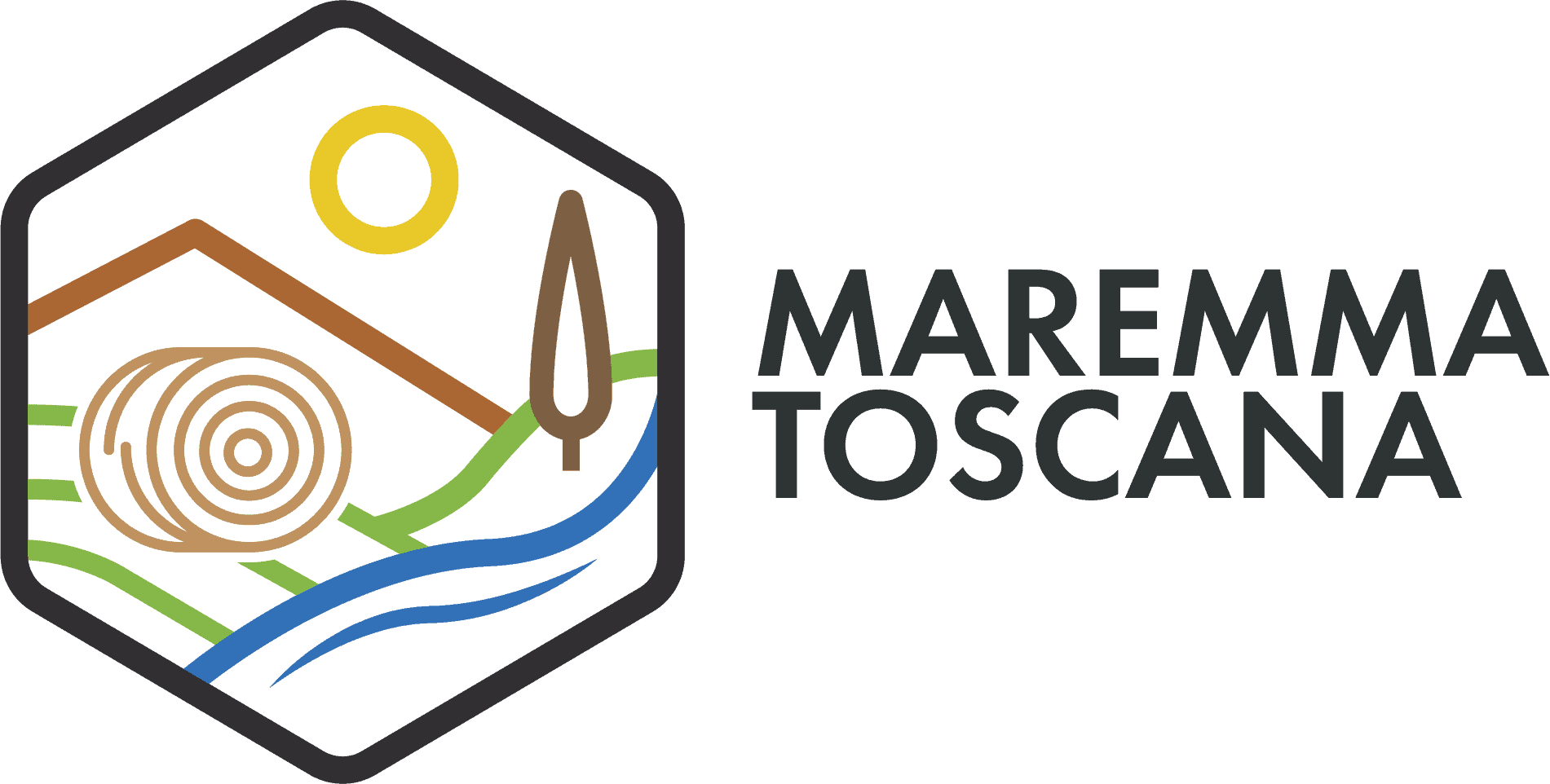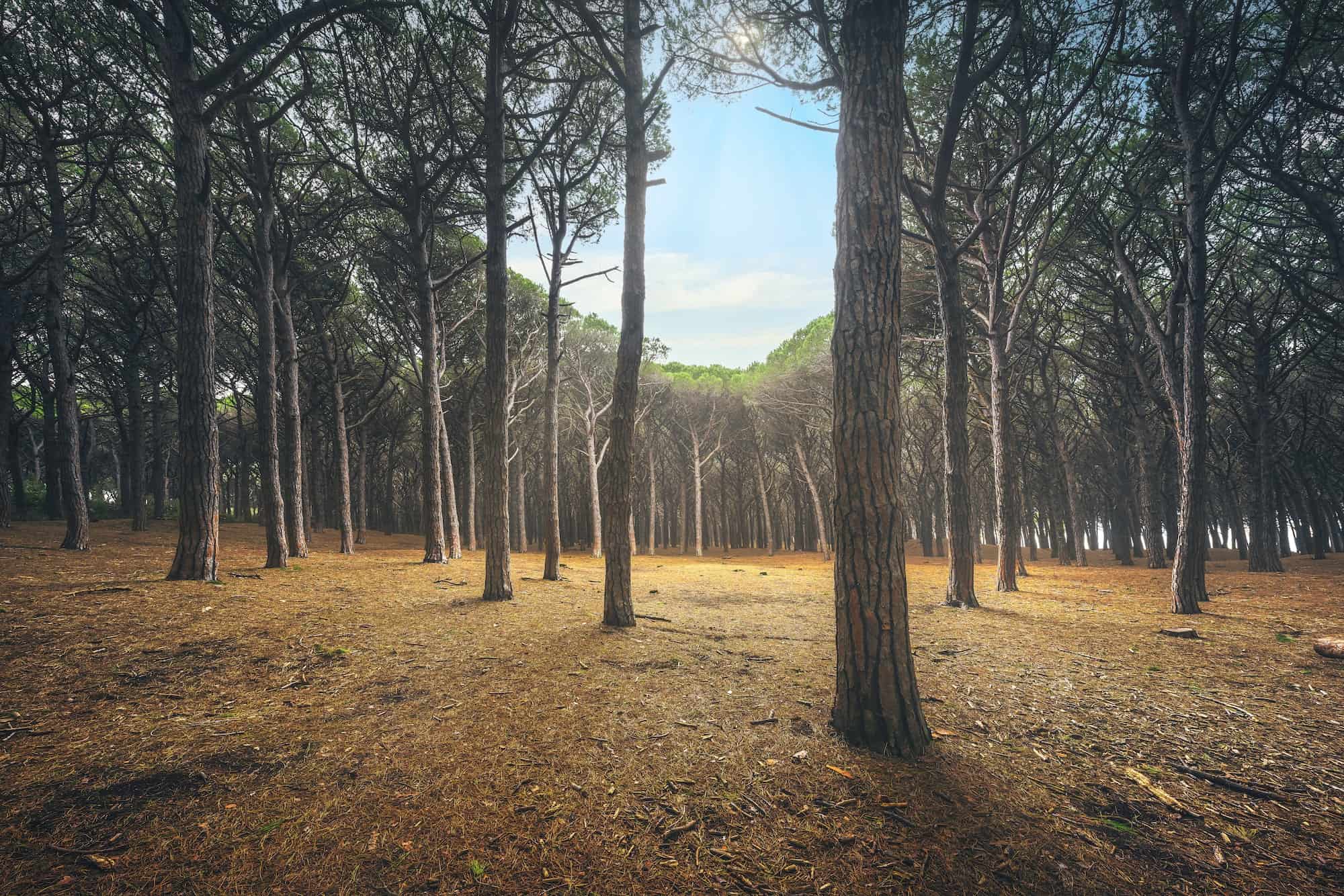THE CLIMATE IN MAREMMA TUSCANY IS FULL OF VARIETY, MEDITERRANEAN ALONG THE COAST AND MORE CONTINENTAL IN THE INTERNAL AREAS. TEMPERATURES AND PRECIPITATIONS ARE AFFECTED BY THE MORPHOLOGICAL CONFORMATION OF THE TERRITORY
The Maremma coast is characterized by a general mild climate which attenuates as it progresses towards the inland areas. However, for the entire Tuscan Maremma (Grossetana and Livorno), we can speak of a Mediterranean maritime climate, with mild and relatively rainy winters and cool, dry summers. The sea, with its mitigating action, determines these conditions: it is precisely thanks to the sea, which is slow to warm up and cool down, that the almost total absence of snowfall is due. In summer, sea breezes help to alleviate the sultry summer days. Consequently, the temperature range between the cold and hot months is greatly reduced, just around 14 – 16°C: the medium temperature of the coldest month – January – fluctuates between 4.8°C Massa Marittima and 9.4°C of Orbetello; that of the hottest month – July – between 22°C in Massa Marittima and 25.3°C in Grosseto, the Maremma capital. Along the Maremma coast the thermometer rarely drops below zero on winter days and maximum summer temperatures are around 33°C.
THE AVERAGE ANNUAL TEMPERATURE IN MAREMMA IS ABOUT 16°C ON THE COAST AND UNDERGOES A PROGRESSIVE DECREASE AS YOU ADVANCE TOWARDS THE INLAND AREAS.
In the hinterland, however, the climatic situation is different as the plain gives way to the hilly basin of the Metalliferous Hills to the north, to the massif of Mount Amiata further south and to the characteristic tuff gorges of the internal border of the Tuscan-Lazio Maremma: here the minimum temperatures of the coldest months are low and the summer maximum temperatures often reach 40°C. The absence of high mountain groups in the hinterland means that the average rainfall in the coastal area drops even below 600 mm per year (Alberese). Further inland, the hills and the distance from the sea raise this average to around 1000 mm. Especially during the summer months there is the lack of rainfall, which corresponds to an exactly low number of rainy days (0 in Orbetello, 1 in Suvereto, 2 in the other centres) and this constitutes an element favorable to seaside tourism, even if it represents a serious problem for agricultural crops that reach maturity in the summer period. The coastal strip of the Maremma Livorno – Etruscan Coast – is slightly rainier, with average values between 600 and 700 mm per year, and a progressive increase in rainfall on the hills and mountains most exposed to the winds.
- Read also: Flora of Maremma – The characteristics of the Maremma flora: pine forests, Mediterranean scrub, olive groves and vineyards.


